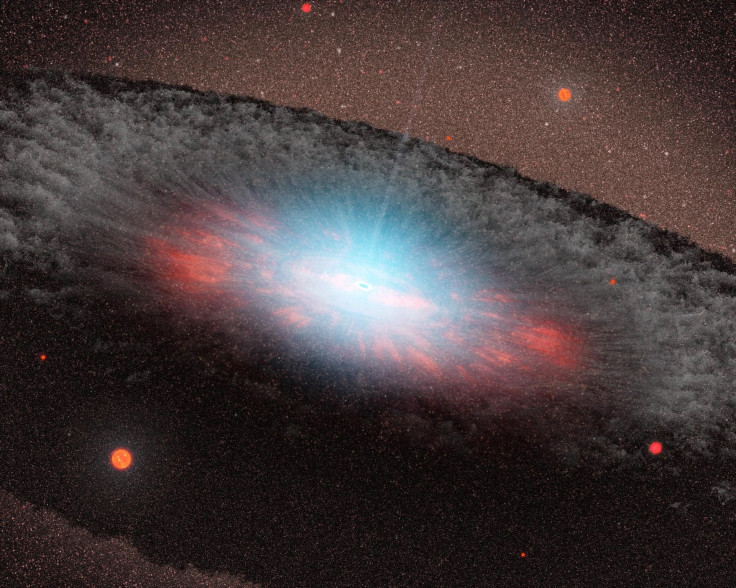Astronomers Detect Biggest Explosion In The Universe Since The Big Bang

KEY POINTS
- Astronomers detected the biggest recorded explosion in the universe
- The powerful explosion was caused by a supermassive black hole
- The hole created by the blast is big enough to fit 15 Milky Way galaxies
Astronomers were able to detect the biggest explosion in the galaxy since the Big Bang. According to their observations, the explosion was produced by a supermassive black hole at the center of a galaxy.
The discovery was made by a team of researchers from the International Center for Radio Astronomy Research in Australia. Details of their findings were presented in a new study submitted for publication through arXiv.org.
According to the researchers, they were able to detect the powerful explosion by combining the data collected by different Earth and space-based observatories. These include NASA’s Chandra X-ray Observatory and the XMM-Newton X-ray Space Observatory of the European Space Agency.
Through detailed observations, they were able to detect the biggest explosion in the universe in recorded history. By studying the blast, the researchers were able to trace it back to its source, which was identified as a supermassive black hole.
The researchers noted that the black hole is stated at the center of the Ophiuchus galaxy, which is located about 390 million light-years from Earth’s neighborhood.
According to the researchers, the blast produced by the supermassive black hole was so powerful that it punctured a hole in the plasma around the cosmic object. This hole was spotted by the researchers using the X-ray imaging capabilities of the observatories.
The researchers said that the hole produced by the explosion was so big that multiple galaxies could fit inside it.
“The difference is that you could fit 15 Milky Way galaxies in a row into the crater this eruption punched into the cluster's hot gas,” Simona Giacintucci, the lead author of the study, said in a statement.
Professor Melanie Johnston-Hollit, one of the co-authors of the study, noted that discovering other powerful outbursts in space could become more common due to today’s modern technology. Similar to digging for dinosaur bones in archaeology, the imaging capabilities of space telescopes and observatories help astronomers uncover new findings in the universe.
“It's a bit like archaeology,” she stated. “We've been given the tools to dig deeper with low frequency radio telescopes so we should be able to find more outbursts like this now. Going back and doing a multi-wavelength study has really made the difference here.”
© Copyright IBTimes 2025. All rights reserved.





















